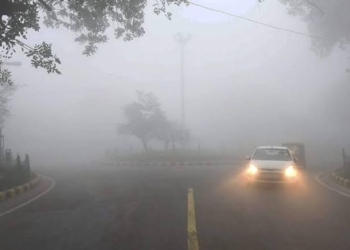The United Nations nuclear watchdog has confirmed that key underground centrifuge installations in Iran’s central plateau — particularly at the Natanz enrichment facility — were severely damaged in earlier Israeli airstrikes.
These centrifuges had been accelerating Iran’s uranium enrichment process, raising global concerns over nuclear proliferation.
According to satellite imagery shared by Maxar Technologies, a buildup of vehicles was seen near the Fordow Fuel Enrichment Plant (FFEP), located northeast of Qom, captured just days after the strikes. The Fordow facility, concealed deep under a mountain and long considered a hardened site, was reportedly hit with a “full payload of bombs,” as announced by U.S. President Donald Trump, who later reshared a report stating bluntly: “Fordow is gone.”
Fordow is capable of housing around 3,000 centrifuges, similar to Natanz, and has been operating in violation of UN Security Council resolutions, intensifying global scrutiny.
The third major site, the Isfahan nuclear facility, situated southeast of Tehran, was also struck. Isfahan hosts three Chinese-built research reactors and several nuclear laboratories. The full extent of the damage at Isfahan is still being assessed.
These coordinated strikes have not only disrupted Iran’s nuclear infrastructure but have also escalated regional tensions and drawn criticism from Iranian authorities, who accuse the West of violating international law.





























